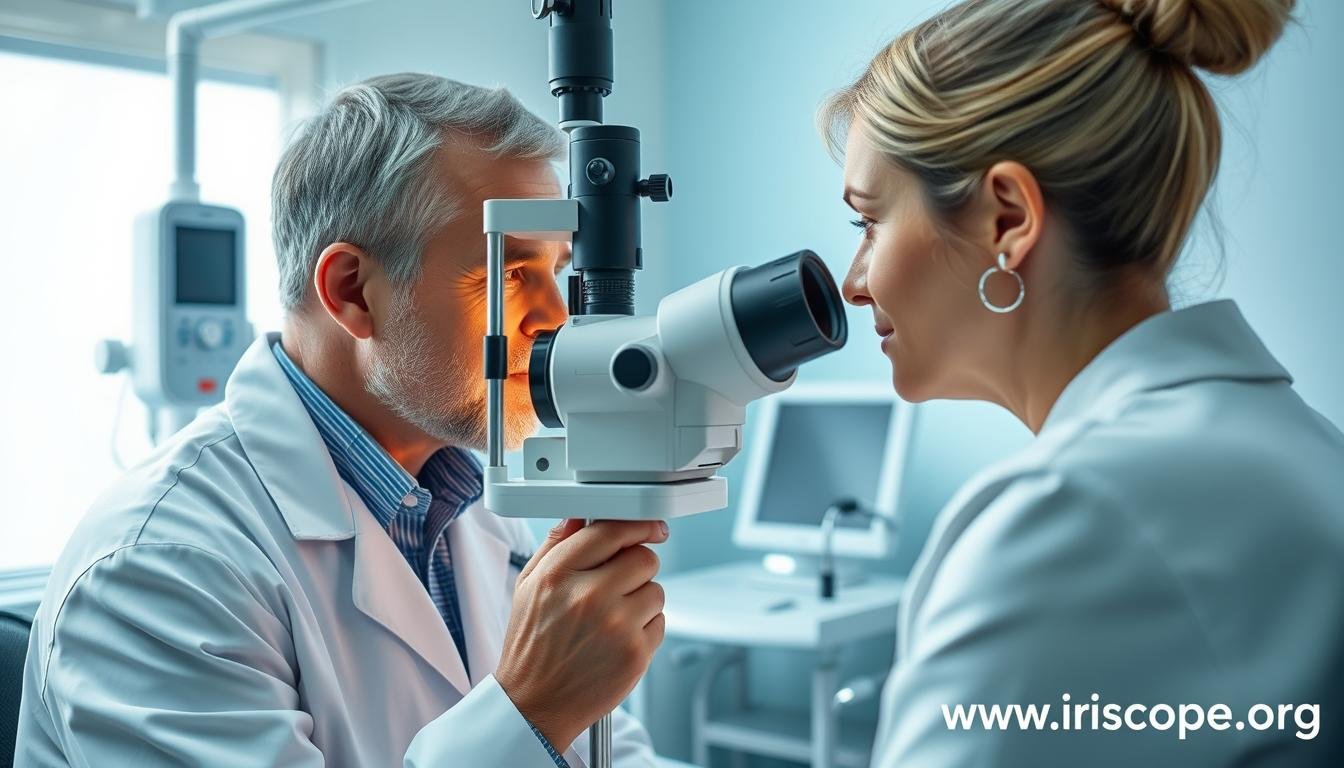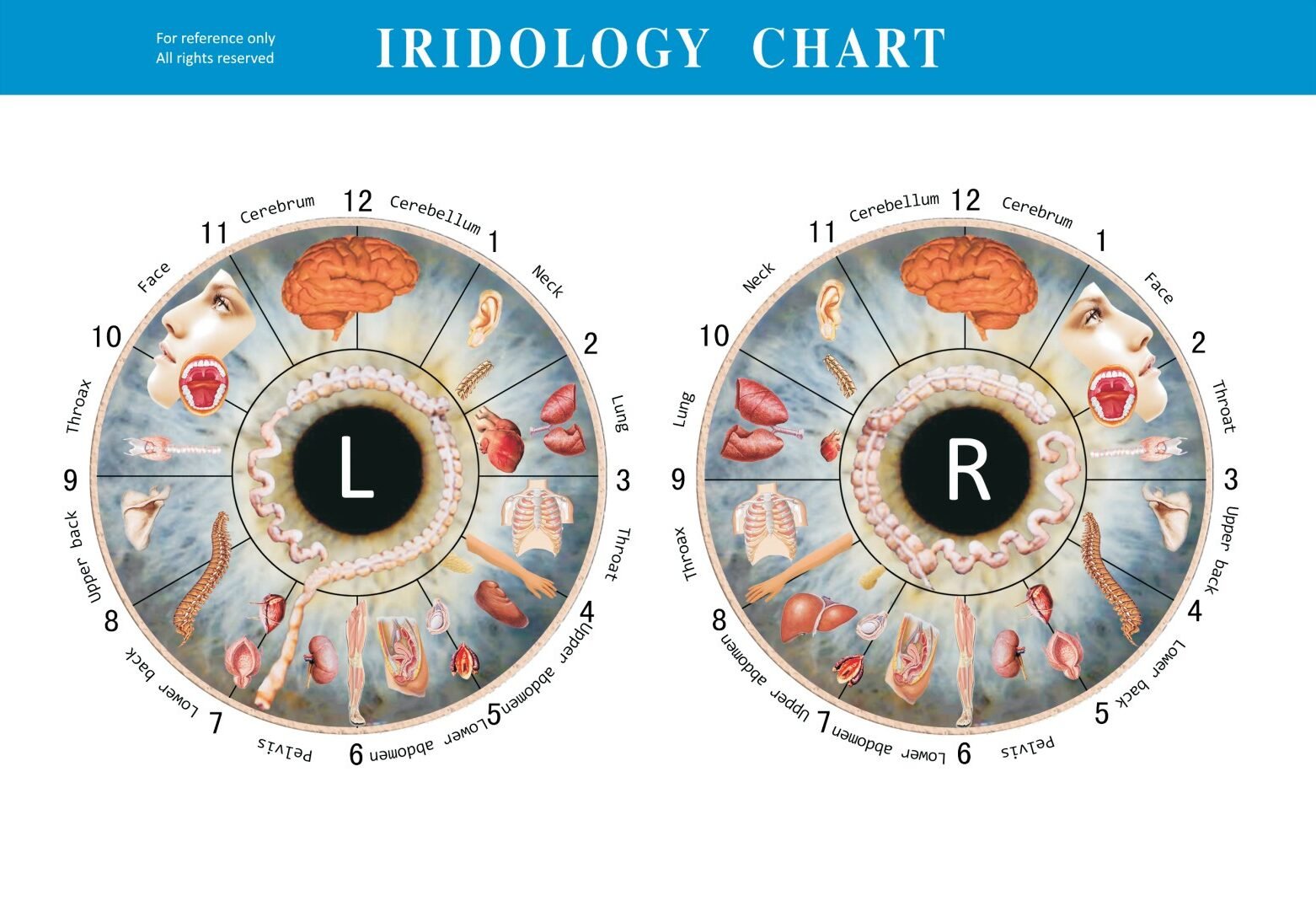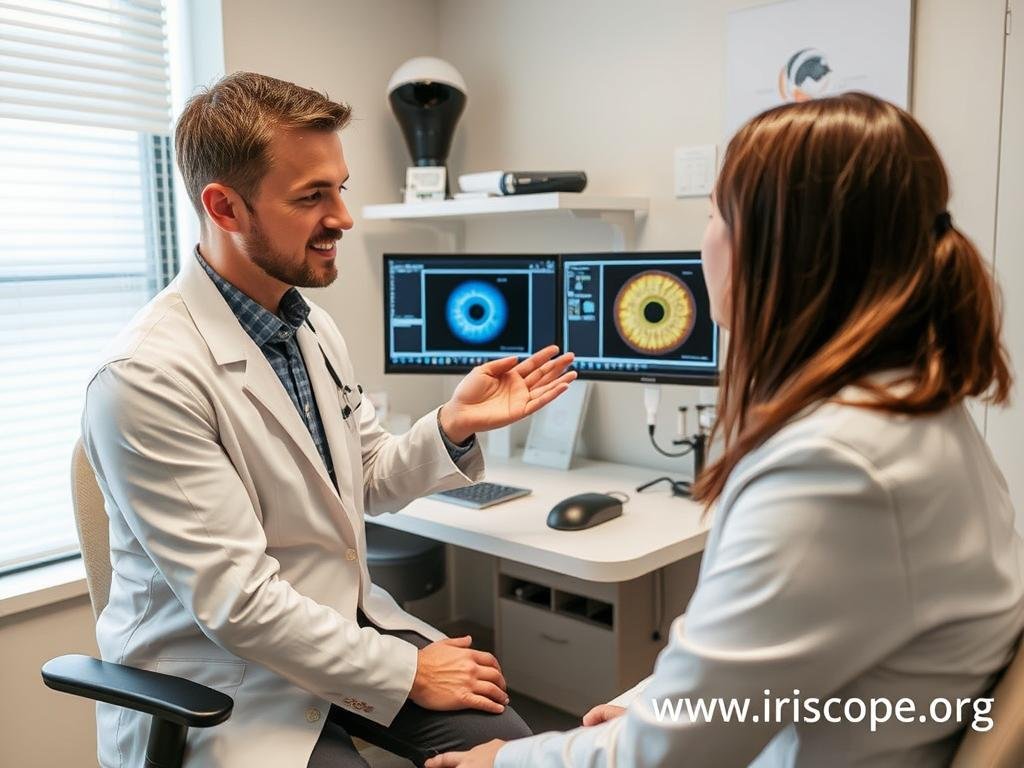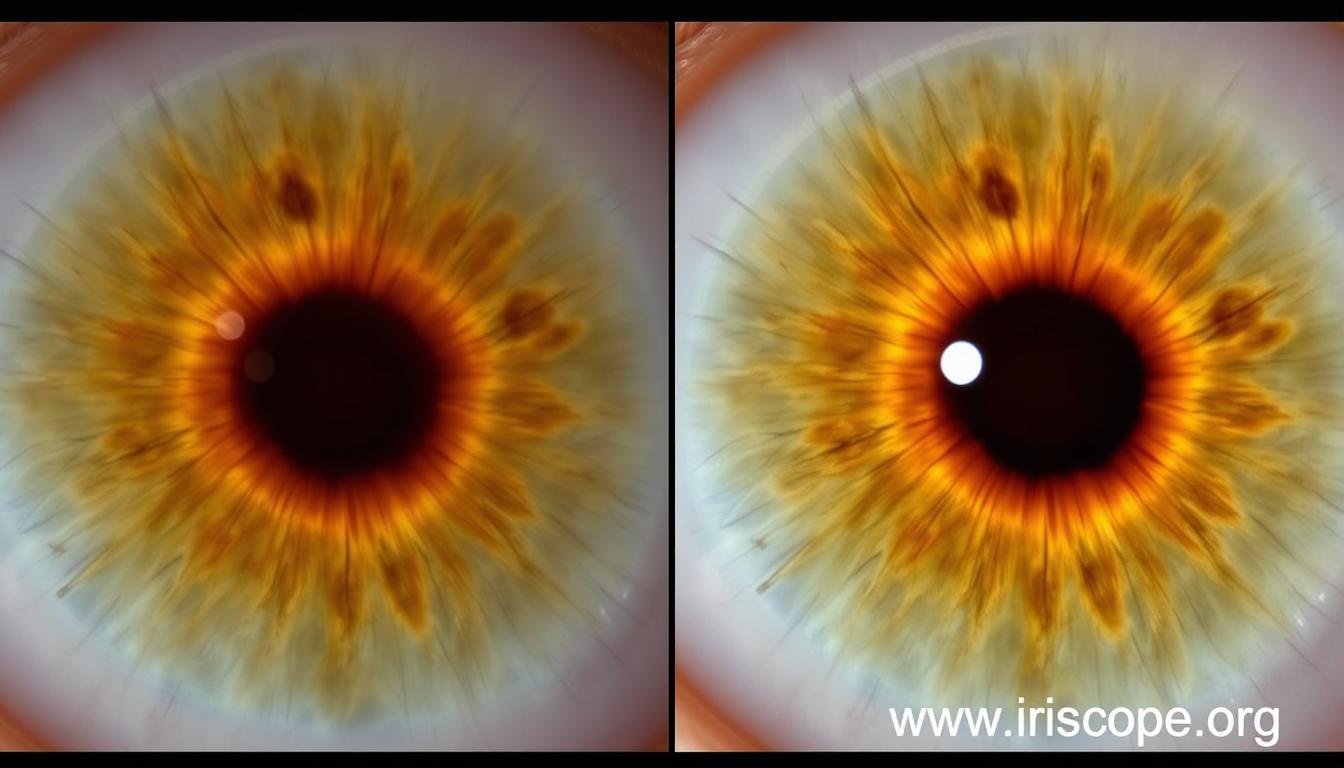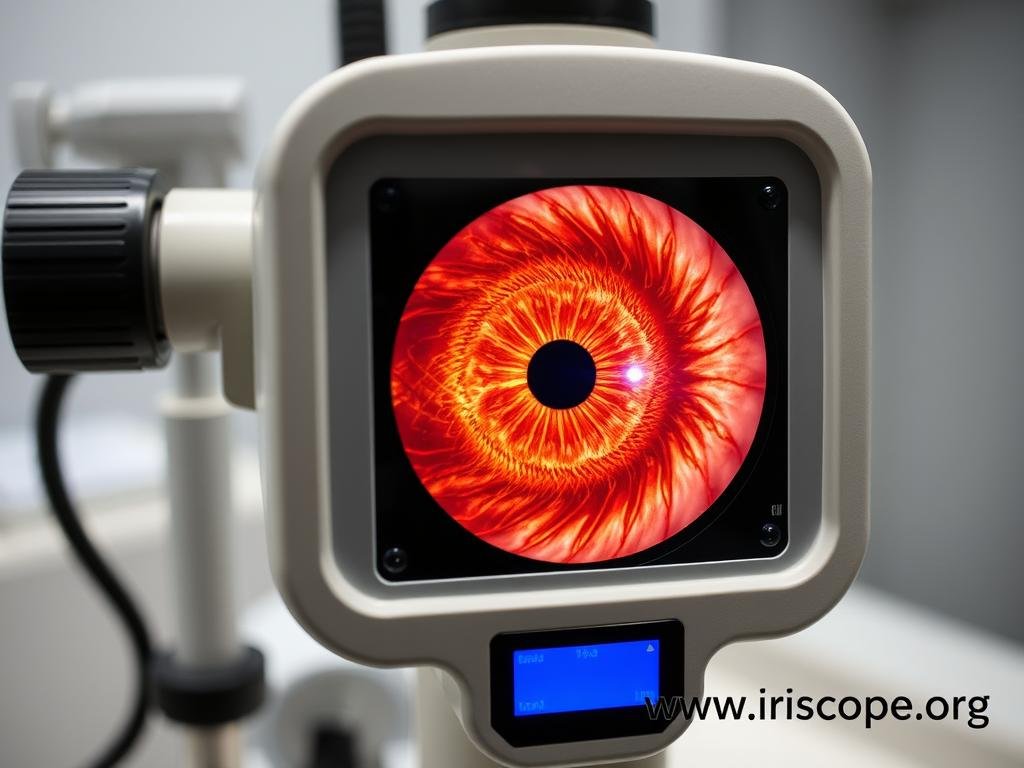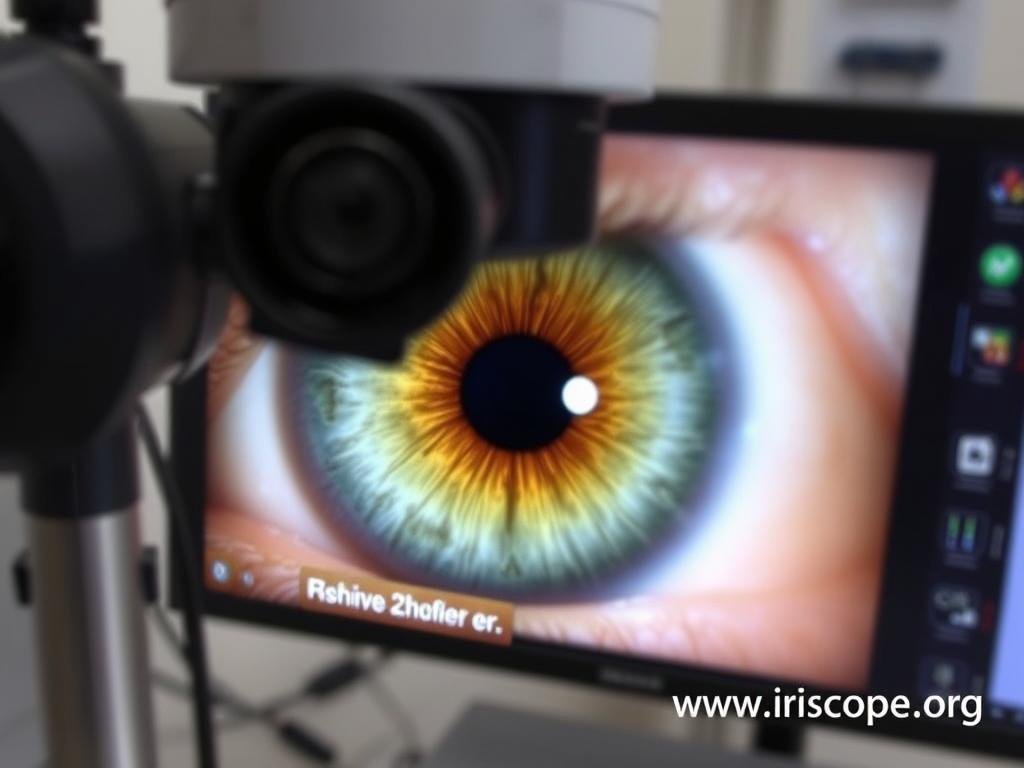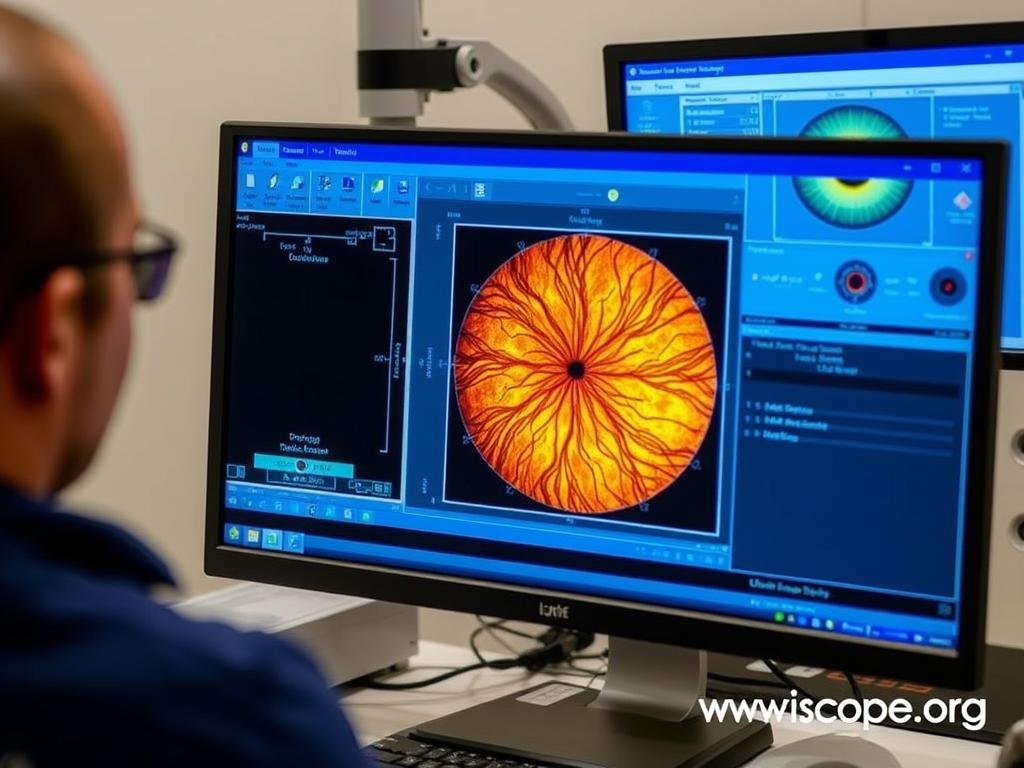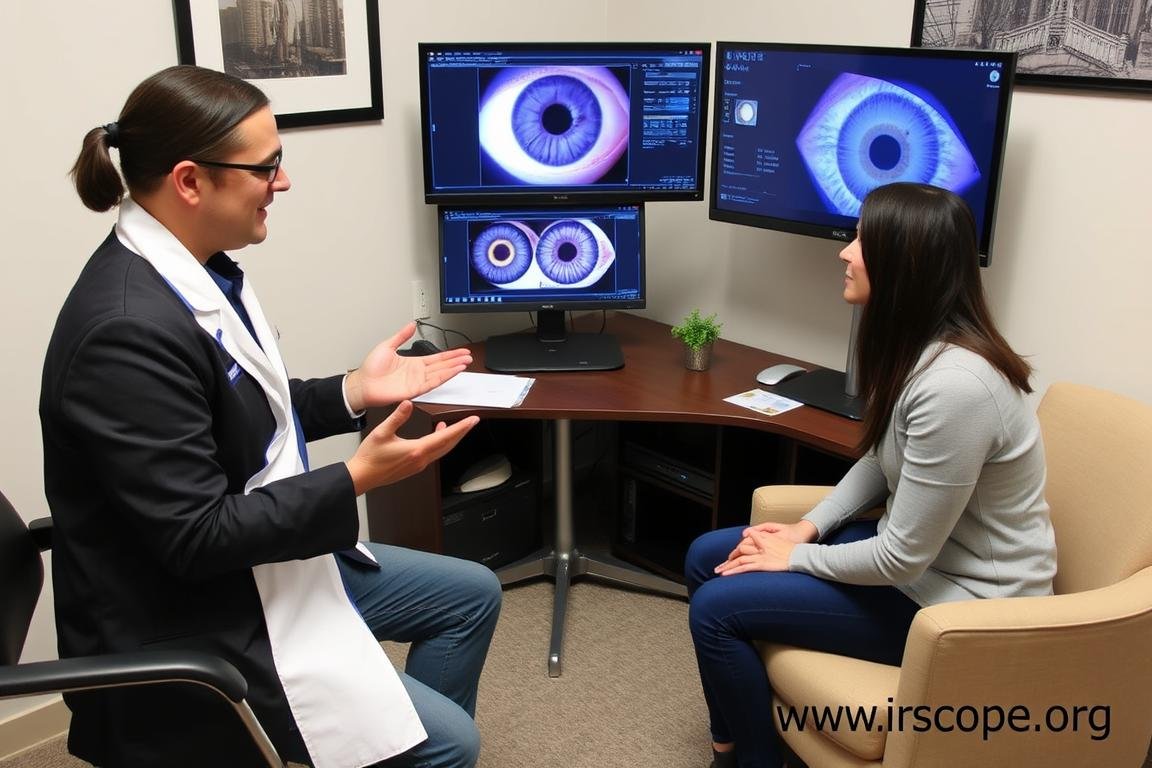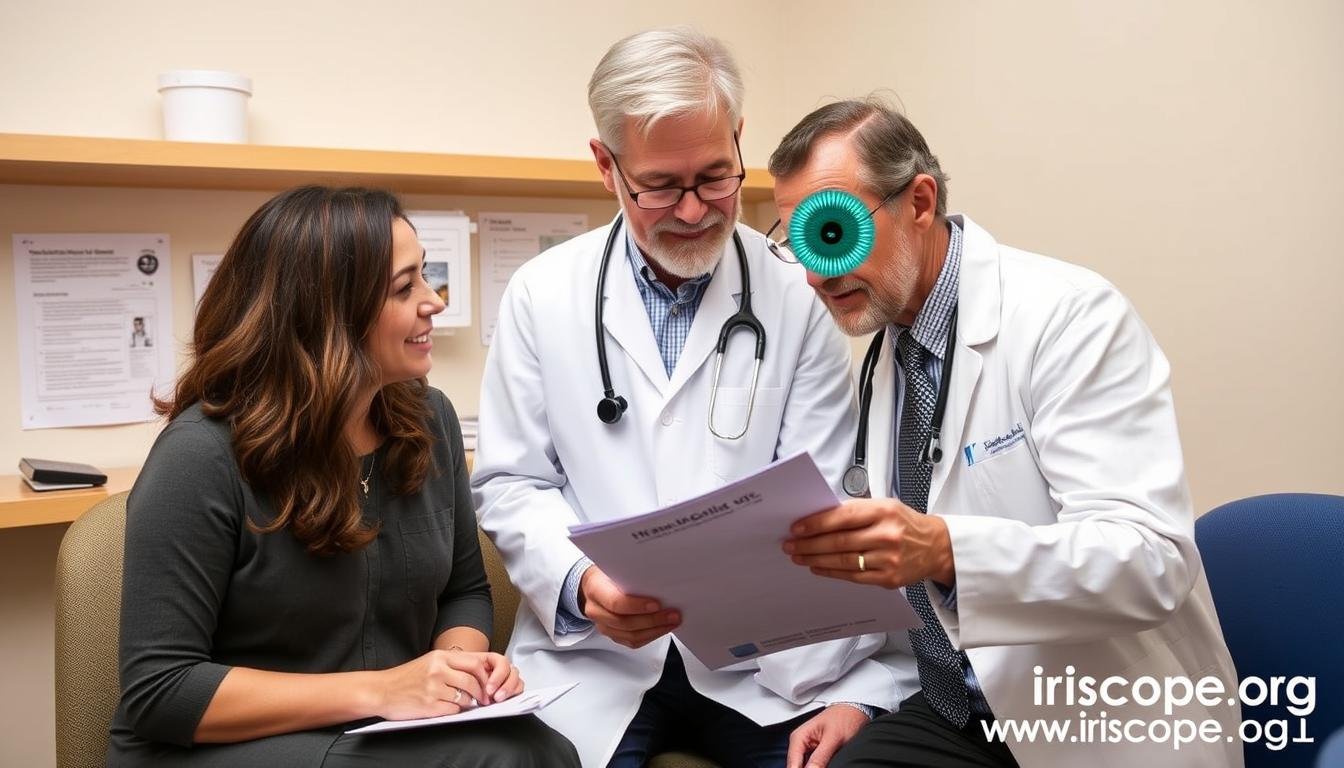The Rich History Behind Iridology
One common misconception is that iridology is a new-age practice without historical foundation. In reality, various forms of iris analysis have existed for centuries across different cultures.
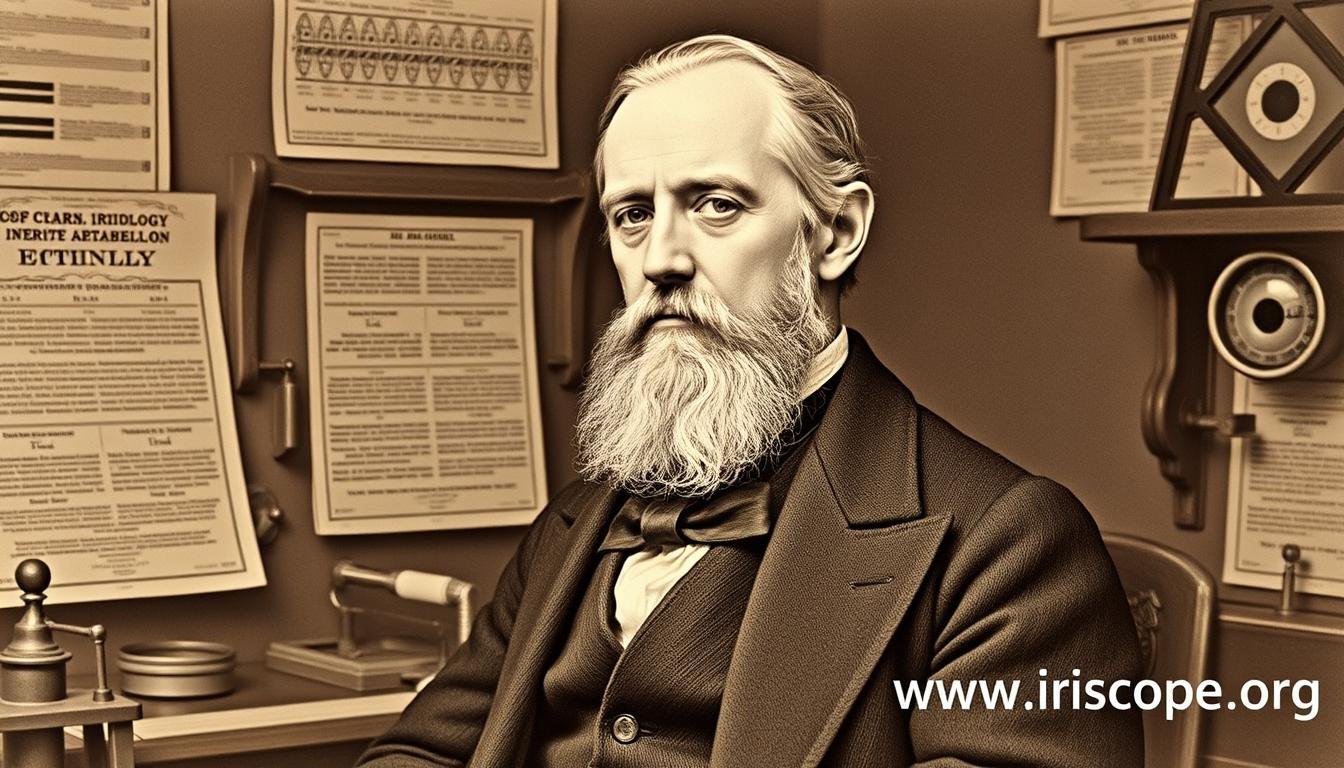
Dr. Ignaz von Peczely, often considered the father of modern iridology
Kľúčové postavy vo vývoji iridológie
The foundations of modern iridology are often attributed to Dr. Ignaz von Peczely, a Hungarian physician from the 19th century. As the story goes, as a child, von Peczely noticed a dark streak in the iris of an owl after it suffered a broken leg. This observation sparked his interest in the connection between iris markings and physical injuries or conditions.
Throughout his medical career, von Peczely continued to study this phenomenon, eventually creating the first known iris chart in 1881. Around the same time, a Swedish homeopath named Nils Liljequist independently developed similar theories after observing changes in his own iris following medical treatments.
In the 20th century, Bernard Jensen, an American chiropractor, significantly advanced the field by creating comprehensive iris charts and teaching his methods widely in the United States. Today’s iridologists build upon this historical foundation while incorporating modern technology and research.
“The eyes are not only the windows to the soul but also a window to our physical health. The iris reveals a detailed story about our body’s strengths and weaknesses.”
– Bernard Jensen, Pioneering Iridologist
Training and Expertise of Professional Iridologists
Many people mistakenly believe that anyone can claim to be an iridologist without proper training. In reality, reputable iridologists undergo extensive education and often certification.
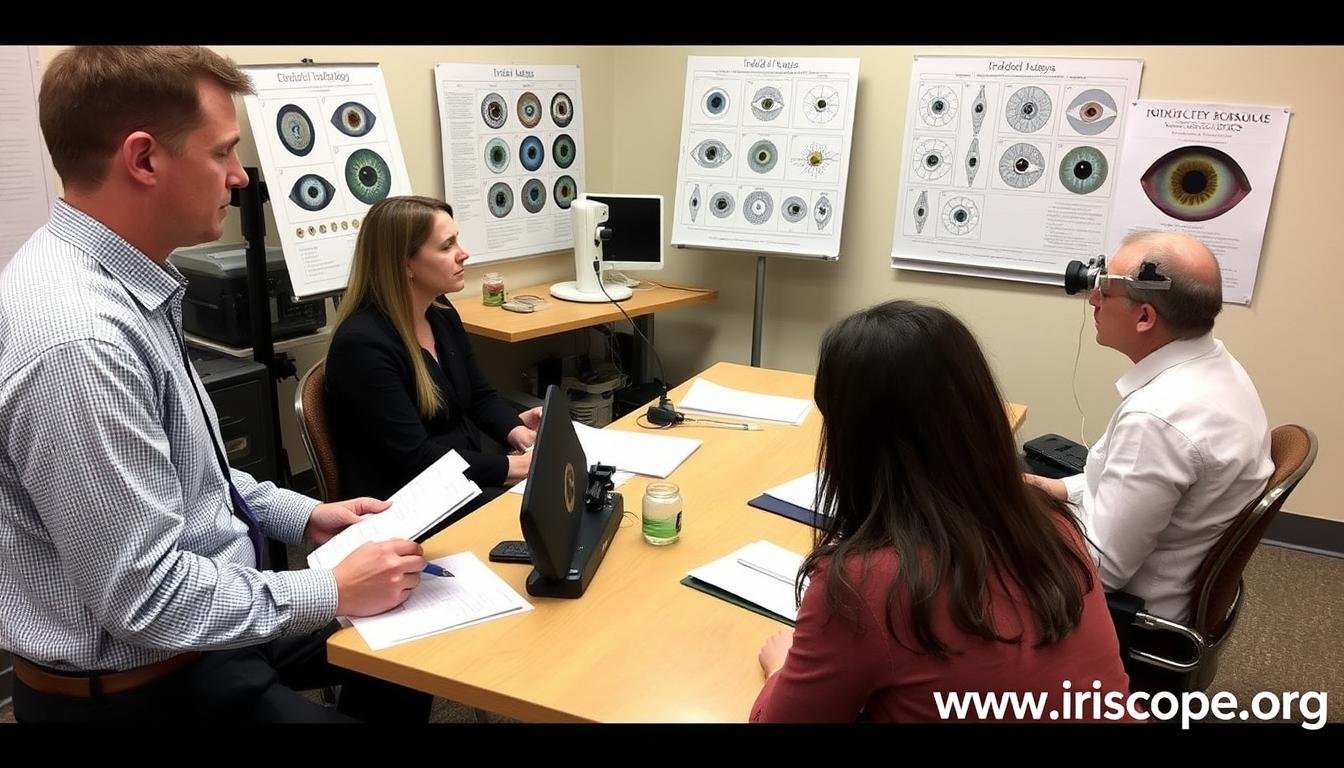
Professional iridology training involves both theoretical knowledge and practical skills
What Professional Training Involves
Comprehensive iridology training typically includes:
- Anatomy and physiology of the eye
- Detailed study of iris topography and mapping
- Recognition of various iris signs and their significance
- Proper use of iridology equipment
- Clinical case studies and supervised practice
- Ethics and professional standards
- Complementary knowledge of nutrition and natural health
Many iridologists also have backgrounds in other health fields such as naturopathy, chiropractic, nursing, or nutrition, which enhances their ability to provide comprehensive health guidance.
When choosing an iridologist, look for credentials from recognized iridology organizations and inquire about their specific training and experience. Professional iridologists should be transparent about their qualifications and approach.
Moving Beyond Myths: The Future of Iridology
As with many complementary health practices, iridology continues to evolve as research advances and technology improves. Professional iridologists today combine traditional knowledge with modern technology and a growing understanding of the connections between different body systems.
By debunking the myths surrounding iridology and understanding what professional iridologists actually do, we can appreciate this practice for what it is: a non-invasive assessment tool that may provide valuable insights into health patterns and tendencies. When practiced by well-trained professionals and used as part of an integrative approach to health, iridology can be a valuable component of a comprehensive wellness strategy.
Whether you’re a skeptic or simply curious, we invite you to explore iridology with an open mind and discover what insights it might offer for your health journey.
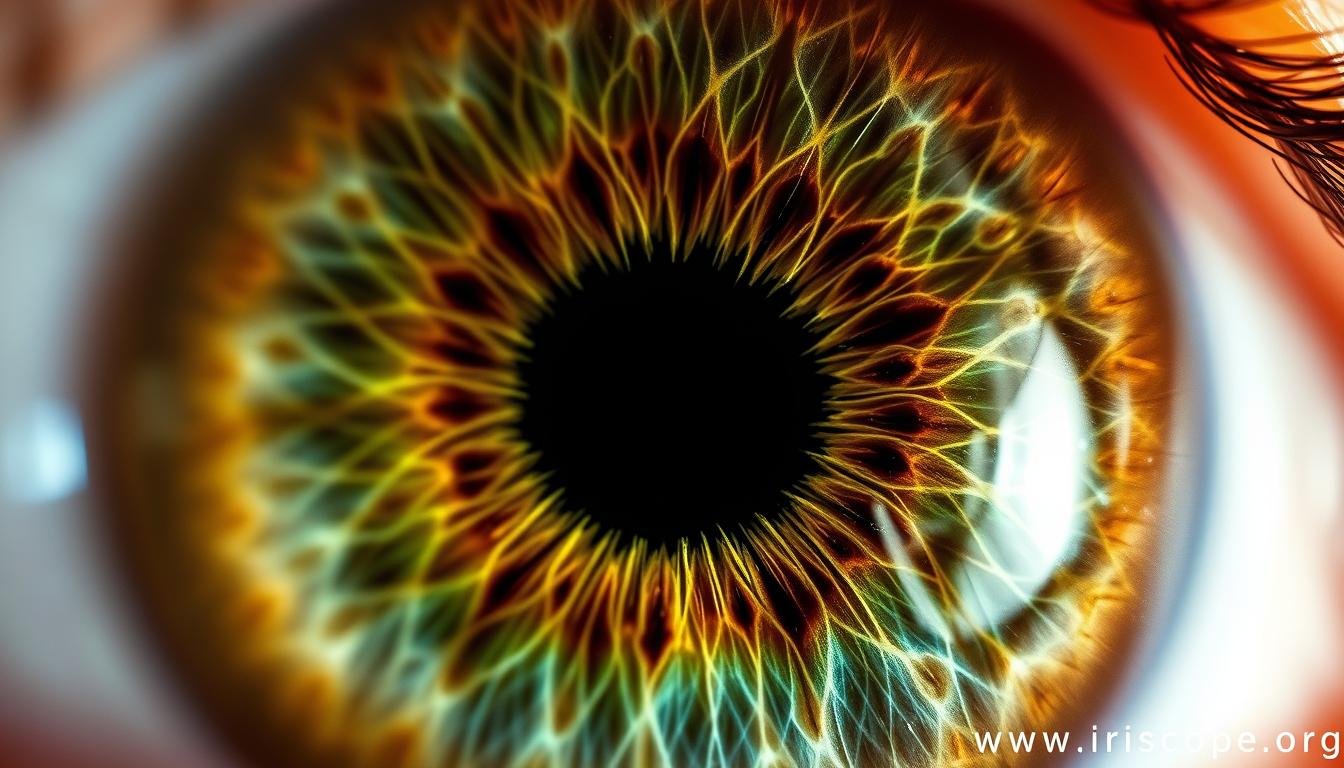
The human iris contains remarkable complexity and beauty













